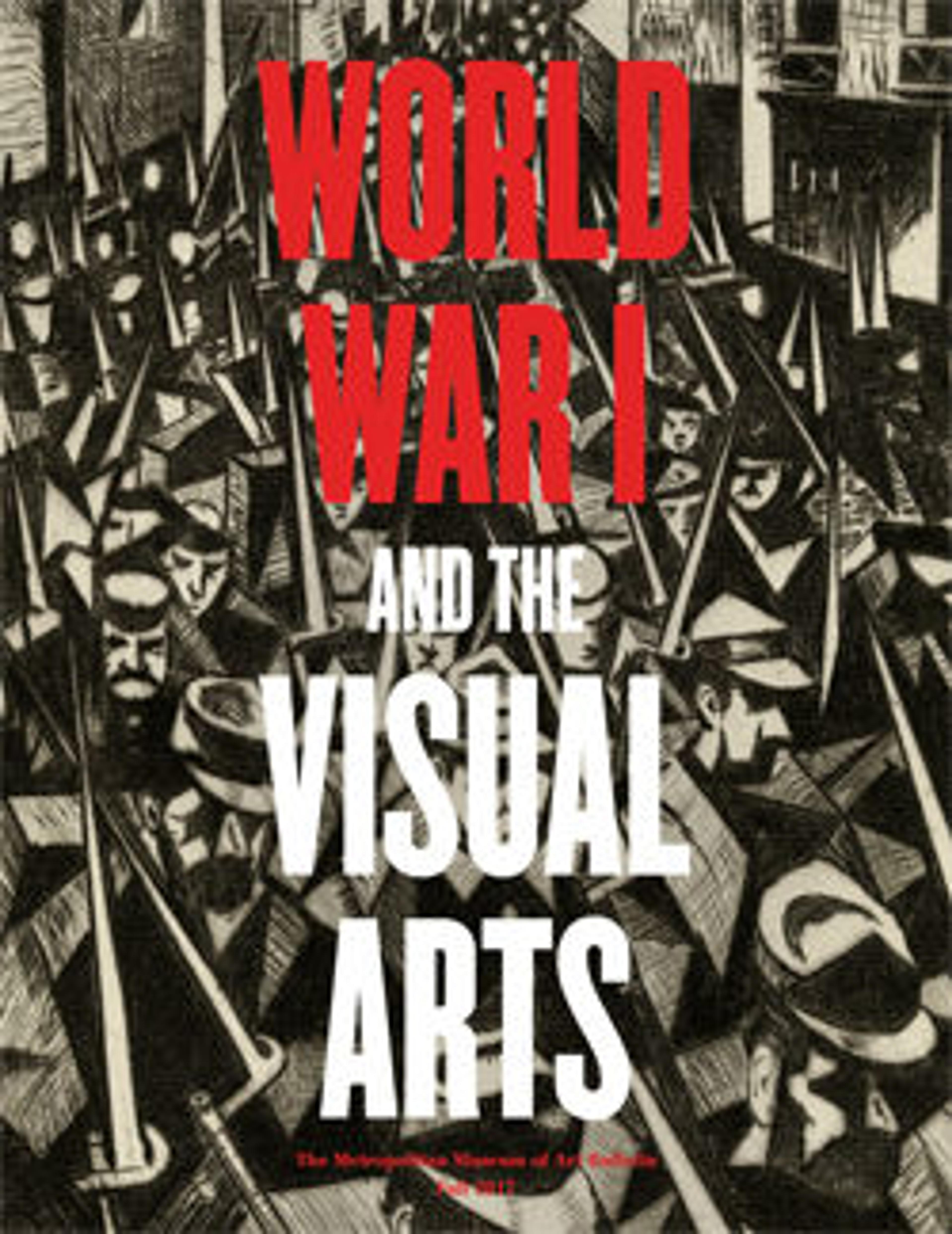Pair of Arm Defenses
Extant examples of these arm defenses are among the rarest of the types of experimental body armor designed by Dr. Bashford Dean (1867–1928) during World War I. Dean, the founding curator of the Metropolitan Museum of Art's Department of Arms and Armor, was commissioned as a Major of Ordnance in 1917 and assigned the task of developing practical helmets and body armor for use by allied troops during the war. He carried out the work simultaneously with his curatorial duties and with the key assistance of Daniel Tachaux (1857–1928), the Museum's first Armorer, who produced handmade prototypes following Dean's designs. Some of these were then put into limited production and sent to the Front for testing under battlefield conditions. As part of his research for this project, Dean made exhaustive analytical and statistical studies of the types of wounds being suffered by troops during the war and found that a high percentage of debilitating wounds occurred on the extremities. As a consequence, he was adamant about the importance and necessity of developing practical plate armor for the arms and legs. These arm defenses, based closely on sixteenth century plate armor, but streamlined and made of light ballistic steel, were Dean's best attempt at solving the problem. Developed late in the war, only a limited number were made, with about 200 pairs being sent overseas for testing in 1918.
Modeled after sixteenth century European vambraces, each arm defense comprises five shaped steel pieces: shoulder, upper arm, elbow, forearm and back of the hand. The five pieces of each arm defense are now separate, but they were originally joined into a single unit by longitudinal leather straps riveted to each plate. These straps are now missing except for fragments held in place by the rivets. There are two separate semicircular leather shoulder tabs that are designed to be laced to the top of each shoulder piece in order to secure the entire arm unit to a soldier's shoulder straps. There are transverse leather straps with snap catches, to adjust the fit of individual pieces, which remain on both upper arm pieces, both elbows, and on the right forearm. A single fixed transverse strap remains on the inside of each hand piece. A complete leather lining is present on the inside of the left hand piece, but is entirely missing from the right. All of the steel pieces are painted inside and out with a brownish green paint. Except for the hand plates, each of the pieces is fitted with an applied steel border around its edges.
Modeled after sixteenth century European vambraces, each arm defense comprises five shaped steel pieces: shoulder, upper arm, elbow, forearm and back of the hand. The five pieces of each arm defense are now separate, but they were originally joined into a single unit by longitudinal leather straps riveted to each plate. These straps are now missing except for fragments held in place by the rivets. There are two separate semicircular leather shoulder tabs that are designed to be laced to the top of each shoulder piece in order to secure the entire arm unit to a soldier's shoulder straps. There are transverse leather straps with snap catches, to adjust the fit of individual pieces, which remain on both upper arm pieces, both elbows, and on the right forearm. A single fixed transverse strap remains on the inside of each hand piece. A complete leather lining is present on the inside of the left hand piece, but is entirely missing from the right. All of the steel pieces are painted inside and out with a brownish green paint. Except for the hand plates, each of the pieces is fitted with an applied steel border around its edges.
Artwork Details
- Title: Pair of Arm Defenses
- Manufacturer: New England Enameling Company, Inc. (American, incorporated 1917)
- Date: 1918
- Geography: Middletown, Connecticut
- Culture: American, Middletown, Connecticut
- Medium: Steel, paint, leather, copper alloy
- Dimensions: Overall length of each when assembled, 29 1/2 in. (74.9 cm); wt. of each when assembled, 3lb. 1.8 oz. (1413 g); left shoulder flap (2015.458.1a): 3 5/8 x 6 3/8 in. (9.2 x 16.2 cm); left shoulder (2015.458.1b): 7 3/4 x 6 7/8 in. (16.7 x 17.5 cm); left upper arm (2015.458.1c): 9 7/8 x 5 1/2 in. (25.1 x 14 cm); left elbow (2015.458.1d) 6 x 6 1/2 in. (15.2 x 16.5 cm); left forearm (2015.458.1e): 10 5/8 x 5 (27 x 12.7 cm); left hand plate (2015.458.1f): 4 1/2 x 4 3/8 in. (11.4 x 11.1 cm); right shoulder flap (2015.458.2a): 3 1/2 x 6 1/2 in. (8.9 x 16.5 cm); right shoulder (2015.458.2b): 7 5/8 x 6 3/4 in. (19.4 x 17.1 cm); right upper arm (2015.458.2c): 10 x 6 in. (25.4 x 15.2 cm); right elbow (2015.458.2d): 5 5/8 x 6 1/4 in. (14.3 x 15.9 cm); right forearm (2015.458.2e): 10 1/2 x 4 1/2 in. (26.7 x 11.4 cm); right hand plate (2015.458.2f): 4 x 4 1/4 in. (10.2 x 10.8 cm)
- Classification: Armor Parts-Arms & Shoulders
- Credit Line: Purchase, Arthur Ochs Sulzberger Gift, 2015
- Object Number: 2015.458.1a–f, .2a–f
- Curatorial Department: Arms and Armor
More Artwork
Research Resources
The Met provides unparalleled resources for research and welcomes an international community of students and scholars. The Met's Open Access API is where creators and researchers can connect to the The Met collection. Open Access data and public domain images are available for unrestricted commercial and noncommercial use without permission or fee.
To request images under copyright and other restrictions, please use this Image Request form.
Feedback
We continue to research and examine historical and cultural context for objects in The Met collection. If you have comments or questions about this object record, please contact us using the form below. The Museum looks forward to receiving your comments.
